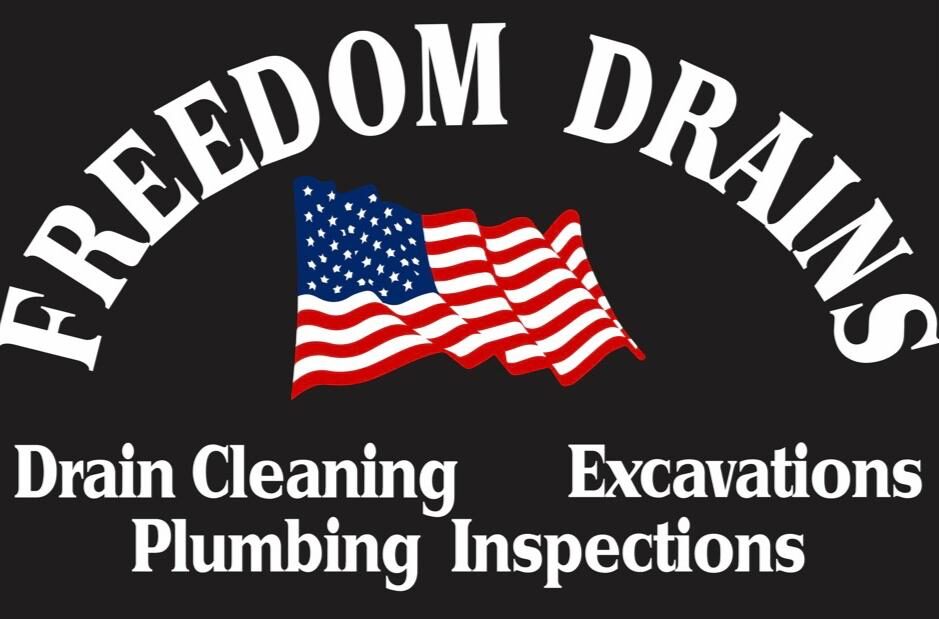Once a broken sewer line has been diagnosed, prompt and effective repair is essential. Several methods are available for repairing sewer lines, and the best approach depends on factors like the location and extent of the damage, the type of pipe, and site accessibility.
Common Sewer Line Repair Methods:
- Traditional Excavation and Replacement: This method involves digging a trench to access the damaged section of sewer line and replacing it with new piping.
- Advantages: Effective for severely damaged or collapsed pipes and allows for complete replacement of old or deteriorated piping.
- Disadvantages: Can be disruptive to landscaping, driveways, and other structures, and often involves higher costs due to excavation.
- Trenchless Repair Methods: These methods minimize or eliminate the need for extensive excavation, reducing disruption and cost.
- Pipe Relining: This involves inserting a new liner inside the existing damaged pipe, creating a seamless, durable pipe within a pipe.
- Advantages: Less invasive than traditional excavation, faster completion time, and extends the life of the sewer line.
- Disadvantages: May not be suitable for severely damaged pipes or pipes with significant offsets or collapses. Pipe relining is not suitable for pipes with root intrusion. Also, if the pipe can not be thoroughly cleaned it is not possible.
- Pipe Bursting: This method uses hydraulic pressure to break apart the existing damaged pipe while simultaneously pulling a new pipe into its place.
- Advantages: Minimally invasive, can replace pipes with larger diameters, and suitable for replacing heavily damaged pipes. Higher success rate and lifespan is longer than pipe relining.
- Disadvantages: It is not possible to fix a severely bellied line with a burst. Accessibility plays a role in the possibility of using pipe bursting to fix your issue. Also, this is usually more expensive compared to traditional excavation.
- Pipe Relining: This involves inserting a new liner inside the existing damaged pipe, creating a seamless, durable pipe within a pipe.
Choosing the Right Repair Method:
A qualified plumber will assess the situation and recommend the most appropriate repair method based on:
- The location and depth of the break.
- The type and condition of the existing pipe.
- The surrounding landscape and accessibility.
- Your budget.
Freedom Drains specializes in both traditional and trenchless sewer line repair methods. We can help you choose the best solution for your specific needs.
